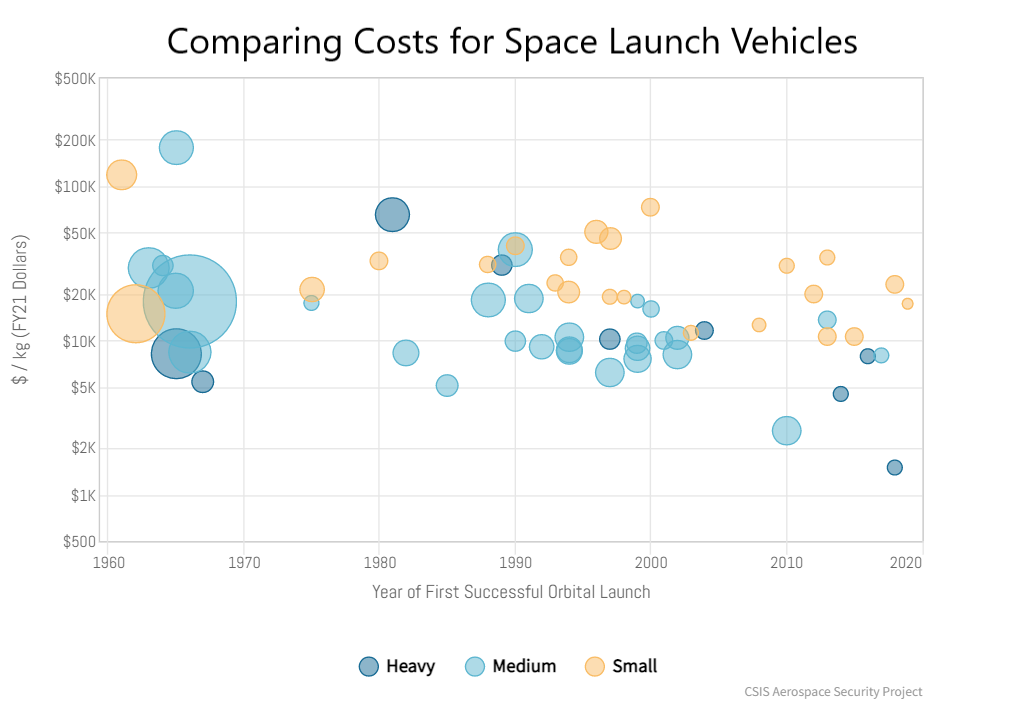Compounding interest is earning interest on previously earned interest. It’s also known as earning “interest on interest.” Over time you can build up your wealth by reinvesting the interest you’ve accumulated. You should understand the difference between simple and compounded interest to take full advantage of it. The interest rate earned on compound interest depends on how many times it is compounded. It also takes time to grow your wealth using compounded interest, usually many months or years.
Interest is also applied when you’re borrowing money. This is how the bank or creditor will earn their money as you pay back the loan. When applying for the loan, you should avoid getting a loan with compounding interest since it means you’ll have to pay more on your loan with it. Just remember compounding interest can be lucrative for you if you’re investing, but it means you’ll pay more if you borrow with it.

Simple Interest Investment
To show you the difference between simple and compounded interest, you first need to know what both of them are. When you open an account that accrues simple interest, you can easily determine the interest you’ll earn with this simple interest formula: Interest = P x R x N. The principal amount is the initial amount you deposit into the account, and the letter P represents it. The letter R signifies the interest rate percentage in a decimal. Finally, the letter N is the time period. The time periods are usually expressed in months or years.
Consider this scenario, simple interest earned on a principal amount of $10,000 will be $100 with a 1% interest rate over a year. The formula with these values plugged in is Interest = 10,000 x 0.01 x 1. The amount of return is going to be $100. The interest rate is only applied to the initial principal amount deposited with simple interest. That interest rate stays with the loan, and you cannot earn more interest on the new total amount unless you compound the interest rate by reinvesting the already accrued interest.
Frequency of Compounding Interest
Interest can be compounded daily, monthly, quarterly, or yearly. As noted, it will take time for you to grow your wealth a substantial amount. The total amount of interest you’ll accumulate depends on how often the interest is compounded and the amount of time your money is in the account. It is not a system where you can get rich quickly, but a system where you can get rich easily as you don’t have to do anything. The interest accumulates without additional work from you as long as it stays in the account for a substantial time.

Compounding Interest Formula
Compound interest can also be calculated with a formula. That formula is A = P(1 + r/n) (nt). The formula only looks complicated, but it’s actually not that difficult since all you need to do is input your values into it. In this formula, the letter A signifies the total amount. We already know the representation of the letters P, R, and N. The letter t represents the amount of time the money is put into the account, usually expressed in years.
– Advertisement –
Compound Daily also has calculators available for you to use, including a compound interest calculator. You can simply input the values you’re looking to invest in and the interest rate offered. Then you’ll be able to determine how much money you can make with that investment offer. It’s also easier to compare multiple offers with this calculator. For example, you can input the values for one investment opportunity and the values of another opportunity to determine which is the better offer.
The formula for compound interest is A = P(1 + r/n)(nt). So, let’s say you want to invest $10,000 at a rate of 5% interest that is compounded daily for five years. You plug the numbers into the formula and get this 10,000(1 + 0.05/365)(365 * 5). Your answer is $12,840.03432147 or $12,840.03. That’s $2,840.03 in accumulated interest. If you had the same scenario but with simple interest, you would’ve only earned $2,500 and a total amount of $12,500.00. As you can see, by compounding the interest you earned, you can make over $300 more than with the simple interest and the same monetary amounts.
With compounding interest, you have the chance of earning more money in interest than with only investing with simple interest. However, you also should remember to only seek compounding interest with investments. For example, when you take out a loan and have compounding interest, you’ll be paying more than you would be with a simple interest loan. Compound Daily is here for you when you’re deciding which loan or investment opportunity is right for you.



